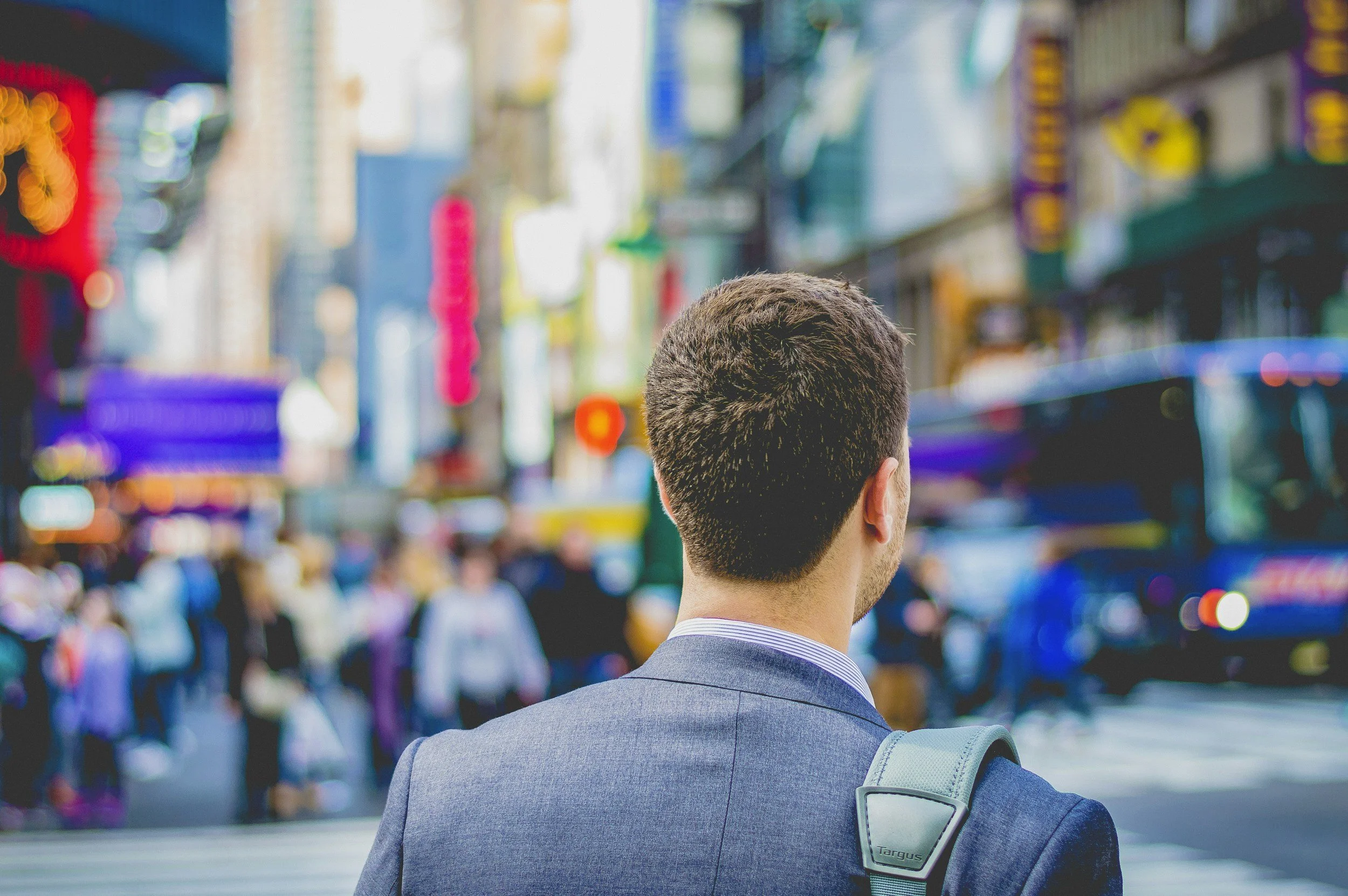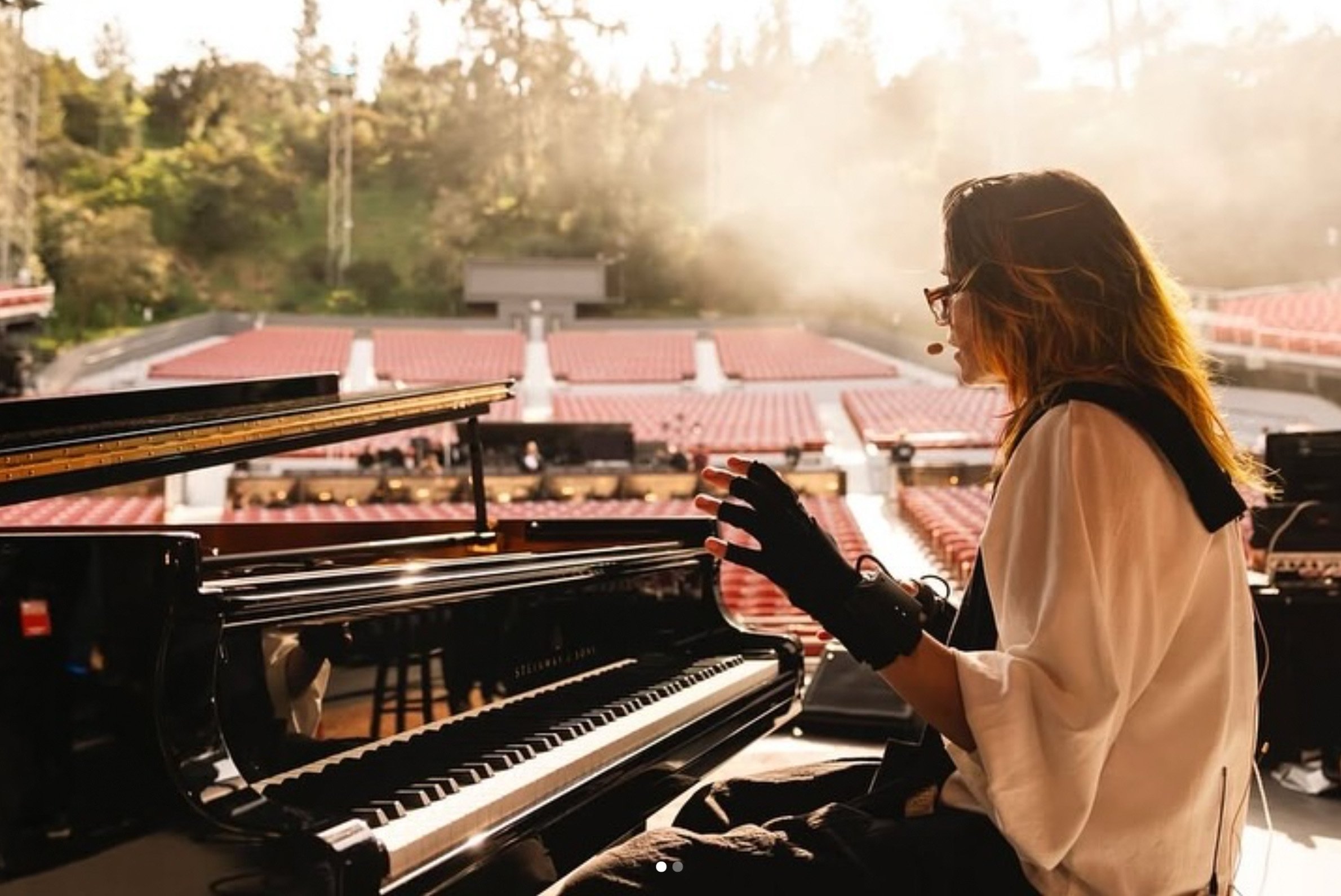Lab-Grown Brain and AI Create Music at Perth’s AGWA: Inside the “Revivification” Installation

Image Credit: Moritz Kindler | Splash
The Art Gallery of Western Australia (AGWA) is presenting Revivification, an innovative exhibition that merges neuroscience, biotechnology, and sound art. This installation features cerebral organoids—lab-grown neural structures—derived from the late avant-garde composer Alvin Lucier. These organoids generate real-time musical compositions, offering visitors a unique auditory experience. The exhibition is open from 5 April to 17 August 2025.
Origins of a Pioneering Bio-Art Project
In 2018, artists Guy Ben-Ary, Nathan Thompson, and Matt Gingold, in collaboration with neuroscientist Stuart Hodgetts from the University of Western Australia, initiated discussions with Lucier about a project that would extend his musical legacy beyond his lifetime. In 2020, Lucier donated his blood for the project. Scientists at Harvard Medical School reprogrammed his white blood cells into induced pluripotent stem cells (iPSCs), which were then developed into cerebral organoids—three-dimensional neural structures resembling a developing human brain.
Translating Neural Activity into Sound
The organoids are housed within an incubator and placed on a 64-electrode mesh developed with a German bioengineer. This setup captures their neural activity, which is interpreted by custom software adapted from an open-source platform. The software translates the neural signals into musical notes, activating electromechanical mallets that strike 20 curved, wall-mounted brass plates, creating an evolving soundscape.
Microphones within the gallery capture ambient sounds, including visitor voices. These sounds are converted into electrical signals and fed back into the organoids, establishing a feedback loop that allows the organoids to potentially adapt over time.
Exploring Creativity and Ethical Considerations
Revivification challenges traditional notions of creativity and authorship. Cognitive neuroscientist Indre Viskontas notes that while the organoids produce novel outputs, they lack consciousness and intention, raising questions about the nature of creativity.
The project also prompts ethical discussions regarding the use of human-derived organoids in art. Philosopher Tim Dean highlights concerns about the potential for "primitive sentience" in such organoids, emphasizing the need for ethical guidelines in bio-art practices.
A Fusion of Art, Science, and Legacy
Revivification stands as a testament to Alvin Lucier's innovative spirit, blending art and science to create a living extension of his musical exploration. The installation not only honours his legacy but also invites visitors to contemplate the intersections of creativity, technology, and ethics in the modern age.
The exhibition is free to the public and runs until 17 August 2025 at the Art Gallery of Western Australia.
We are your source for AI news and insights. Join us as we explore the future of AI and its impact on humanity, offering thoughtful analysis and fostering community dialogue.



























